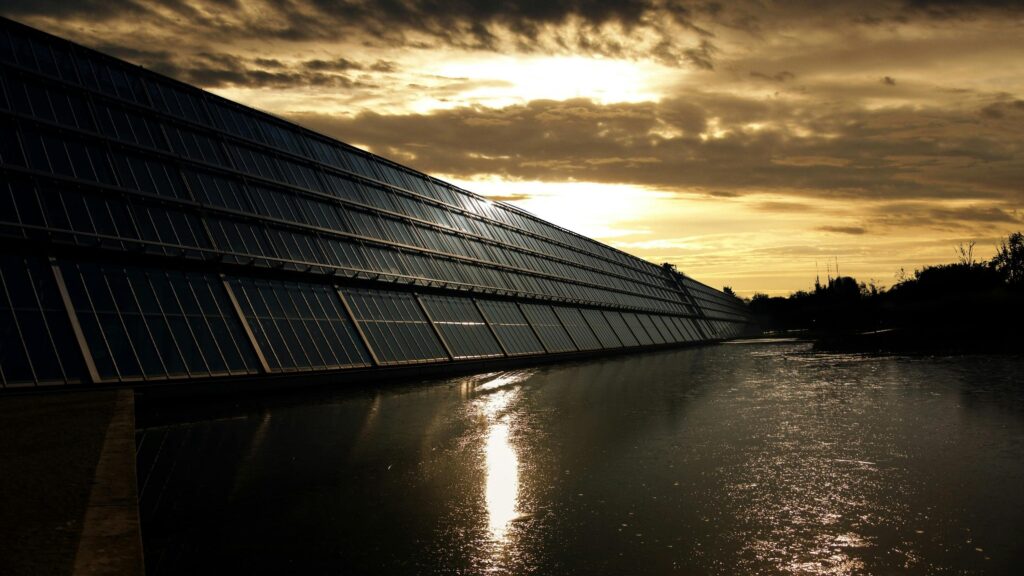When you rely on solar power—whether for your off-grid homestead, a remote cabin, or emergency preparedness—winter brings unique challenges. Shorter days, lower sun angles, and snow can all impact your system’s performance. But with the right strategies, you can keep your lights on and batteries charged all season long.
Here are some practical solar power tips to help you maximize every ray of sunlight and maintain energy independence during the coldest months.

Adjust Your Panel Tilt for Winter Sun
The sun sits lower in the sky during winter, which means your panels need a steeper tilt to capture maximum sunlight. As a rule of thumb, add about 15 degrees to your location’s latitude for a winter angle. For example, if you live at 40 degrees latitude, tilt your panels to around 55 degrees. This adjustment can significantly improve solar panel winter performance.
If your system uses a ground mount, seasonal tilt changes are easy. If it’s roof-mounted, consider adjustable brackets so you can optimize positioning year round.
Keep Panels Clear of Snow and Ice
Snow may look harmless, but even a thin layer can block nearly all sunlight from reaching your panels. Use a soft-bristle snow broom or telescoping foam squeegee to clear them—never use metal tools that could scratch the glass. Also, if your panels are tilted steeply, much of the snow will slide off naturally once the sun warms them.
Clearing panels promptly after snowfall is especially important for off-grid solar in winter, where every watt counts.
Monitor and Maintain Your Batteries
Cold temperatures can reduce battery capacity by up to 20%, so winterizing your energy storage is crucial. Keep batteries in an insulated enclosure or heated battery box to maintain optimal performance. If you use lithium batteries, make sure they have built-in low-temperature charging protection, as charging them when too cold can cause permanent damage.
For lead-acid batteries, check electrolyte levels regularly and keep them fully charged to prevent freezing.
Maximize Efficiency During Cloudy Days
Even without snow, overcast skies are common in winter. While solar panels still work in cloudy weather, output can drop by 30-50%. To compensate:
- Run high-energy applications during sunny hours whenever possible.
- Switch to LED lighting and energy-efficient devices to reduce electrical demand.
- Consider adding extra panels or upgrading to higher efficiency monocrystalline models if you consistently struggle to meet demand.
Store Extra Energy for Emergencies
For preppers and homesteaders, energy storage is your safety net. During sunnier days, charge up not just your main battery bank but also portable solar generators and backup batteries for flashlights, radios, and small electronics. This stored energy can be a lifesaver during multi-day storms or unexpected equipment failures.
Keep Your System in Top Shape
Regular maintenance is key to long-term solar panel cold weather efficiency. Check wiring and connections for wear, inspect panels for cracks, and make sure mounting hardware is secure—especially after heavy winds or ice storms. Preventative care helps ensure your system lasts many, many years without relying on the supply chain for emergency repairs.
Looking to build a versatile, easy to maintain system? Check this out.
Winter doesn’t have to mean sacrificing energy independence. By adjusting your panel tilt, keeping them clear, caring for your batteries, and managing your energy use wisely, you can make the most of solar power even when the days are short and the weather is harsh.
Self-sufficiency isn’t just about having the right equipment—it’s about knowing how to adapt to the seasons. With these winter solar survival strategies in place, you’ll be ready to keep your home powered through the cold months ahead, no matter what the grid is doing.
